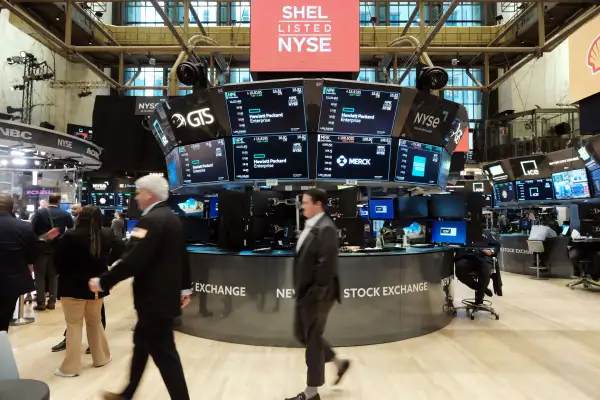History Suggests Stocks Could Keep Climbing in the Second Half of 2023
Money is not a client of any investment adviser featured on this page. The information provided on this page is for educational purposes only and is not intended as investment advice. Money does not offer advisory services.

The stock market had a stellar first half of 2023, and history indicates that investors may have reason to be optimistic about their returns for the rest of the year.
The S&P 500 index climbed roughly 15% over the last six months. A new analysis from Bespoke Investment Group found that in years when the S&P 500 gained 10% or more in the first half of the year, the index tends to perform better than usual during the second half of the year.
What the data shows
Perhaps counterintuitively, Bespoke found that since 1983, the S&P 500 performed best during the month of July (an average of 1.72%) during years in which the index was down during the first half of the year. But during years in which the index notched major gains (10% or more) during the first six months, the index still averaged gains of 1.18% in July, Bespoke found. Most of those gains came during the first week of the month.
In general, stock market gains in the first half of the year tend to be followed by more gains in the third quarter and second half of the year. Looking at median performance over the past 75 years or so, Bespoke found that the S&P 500 tends to jump nearly 5% in the second half of the year. But in years when the index gained 10% or more in the first six months, the S&P 500 typically soared around 10% in the second half.
The major recession that many experts expected has yet to materialize, and strategists led by BMO Capital Markets chief investment strategist Brian Belski recently reassured investors via a research note that “the anticipated recipe for disaster is simply not present.”
That doesn’t mean, however, that stocks aren’t facing some major headwinds. Belksi wrote that he expects the market to keep rising for the remainder of the year, but warns that progress may be a little stifled as economic growth slows.
Other experts are also expecting a bumpy road ahead. In a recent note to clients, Raymond James chief investment officer Larry Adam pointed out that the market could be “susceptible to disappointment” in the coming weeks. Investors’ confidence continues to climb, he said, but that raises the possibility that they may actually be too bullish. Adam suggested that all this optimism may already be priced into the market, leaving it vulnerable.
There’s also the fact that inflation is higher than expected while some measures of growth are slowing, according to UBS strategists led by Solita Marcelli, chief investment officer of Americas for UBS Global Wealth Management.
“Fears of higher rates, a few disappointing economic numbers, or a shift in equity market sentiment could quickly unravel optimism about US growth resilience and its underpinnings,” the UBS strategists wrote in a note to clients on Monday. That could spell trouble ahead for the stock market.
Here’s Where Investors Plan to Put More Money in the Early Days of the Bull Market
AI Stocks Are on a Tear — and Experts Say It’s Not a Bubble
History Suggests Stocks Could Keep Rising in the Second Half of 2023

